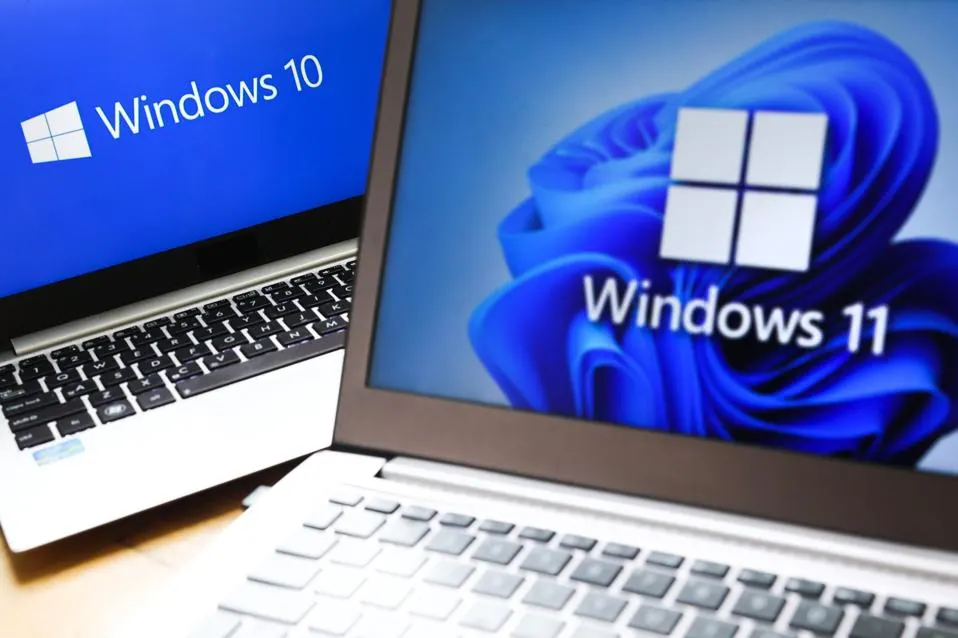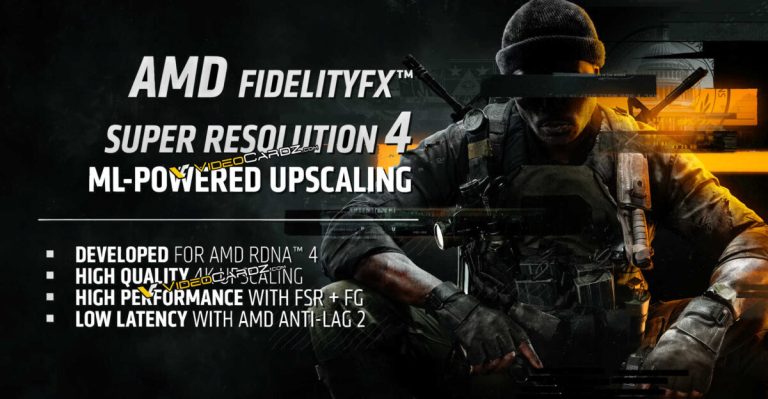The most recent Steam Hardware & Software Survey, it’s clear that a significant portion of the gaming community is not ready to bid farewell to Windows 10. Despite Microsoft announcing the end-of-life (EOL) for Windows 10 set for October 14, 2025, nearly 44% of Steam users continue to use this operating system for their gaming needs.

The Reluctance to Upgrade
The reasons behind this substantial retention of Windows 10 are multifaceted. Firstly, Windows 11, its successor, has faced criticism for its stricter hardware requirements that exclude many older but still capable PCs from being eligible for the upgrade. This has left a large number of gamers with no practical option to move to the newer OS without significant hardware investment.
Secondly, the interface changes and new features in Windows 11 have not been universally welcomed. Many gamers feel that Windows 10 provides a familiar and efficient environment for gaming with less bloat and fewer intrusive updates compared to Windows 11. There’s also a perception that Windows 10 performs better in certain gaming scenarios, a factor not to be underestimated in a community where performance is paramount.
The Gaming Ecosystem’s Response
Valve, the company behind Steam, has historically supported older operating systems longer than Microsoft officially does. For instance, Steam continued to support Windows 7 well beyond its EOL. This precedent suggests that gamers might not face immediate issues with Steam on Windows 10 post its support termination. However, the lack of security updates from Microsoft could expose users to vulnerabilities, a concern that’s been echoed across various gaming forums and discussions on platforms like X.
Community Feedback and Solutions
The gaming community has been vocal about this transition. Discussions on Reddit and other social platforms reveal a mix of defiance and pragmatism. Some users are exploring alternatives like Linux, particularly distributions optimized for gaming like SteamOS or gaming-centric Linux distros such as Pop!_OS, which leverage Proton for running Windows games. Others are considering dual booting or using virtual machines to keep their gaming environment intact while still moving to a supported OS for daily computing tasks.
For those unwilling or unable to upgrade their hardware, third-party tools to bypass Windows 11’s installation requirements have gained popularity, although this approach comes with its own set of risks and ethical considerations.
What This Means for Gamers and Microsoft
For gamers, the continued use of Windows 10 post-EOL could mean increased security risks and potential compatibility issues with new games or updates designed for Windows 11. However, for Microsoft, this scenario underscores the challenges in pushing for OS upgrades in a community deeply invested in stability and performance over the latest features.
Looking Ahead
As we approach the EOL date, the gaming industry might see:
- A gradual shift: As new games are optimized for Windows 11, and with the inevitable decline in Windows 10 support from developers, users might slowly transition.
- Increased interest in alternatives: Linux distributions might see a surge in interest, especially if they continue to improve gaming support through Proton and other compatibility layers.
- Microsoft’s Extended Support: There’s a possibility that Microsoft might offer extended security updates for Windows 10, similar to what was done for Windows 7, though likely at a cost.
In conclusion, the loyalty towards Windows 10 among Steam users highlights a broader issue of user resistance to change when it comes to operating systems, especially in a field where performance and compatibility are critical. This situation will be one to watch as we near the end of 2025, with implications for how gamers adapt, how developers support their games, and how Microsoft navigates its OS lifecycle management.







